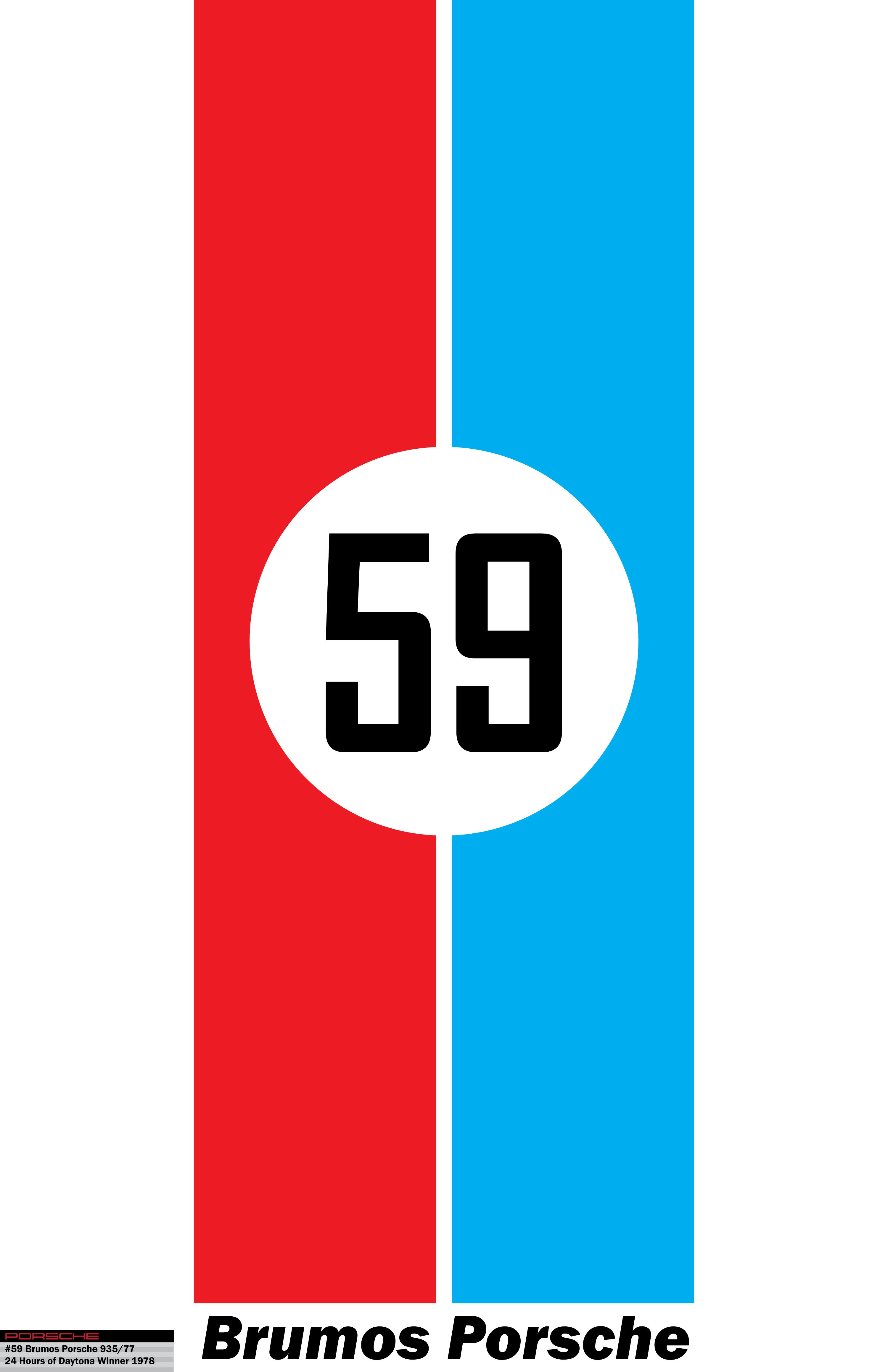

Brumos Racing out of Jacksonville, Florida came boldly onto the international racing scene in the early 70's. While race cars had been wearing the Brumos banner since 1960, the immaculate white Porsche's with blue and red stripes that won Daytona in 1973 put the world on notice! Usually sporting the iconic number 59 and primarily piloted by the talents of the dynamic duo of Peter Gregg and Hurley Haywood; but with other greats such as Jim Busby, Vic Elford, Doc Bundy and Hans Stuck, Brumos was a dominant force in the USA based IMSA series. While tragically Peter Gregg died in 1980, the team he founded continued, making racing history for sixty-years before being disbanded in 2016.
 |
||
| PETER GREGG: 'Peter Perfect' |
HURLEY HAYWOOD: |
THE SIGNATURE PROJECT & RACING DIORAMAS
World F1 Champions 1950 - PRESENT
GREAT AUTOMOTIVE MAKES & RACING TEAMS:
AMERICAN:
CHAPARRAL CARS - THE CARS OF JIM HALL
CHEVROLET & GM POWERED RACE CARS
COBRAS & DAYTONAS - THE CARS OF CARROLL SHELBY
CUNNINGHAM EQUIPE - THE CARS OF BRIGGS CUNNINGHAM
FORD POWER: GT40's, SHELBY MUSTANGS & FORD POWERED RACE CARS
MISC. AMERICAN MADE CARS
BRITISH:
ASTON MARTIN RACE & PRODUCTION
AUSTIN HEALEY & HEALEY RACE AND PRODUCTION CARS
BRABHAM F1 & SPORTS RACING CARS
BRM F1 & SPORTS RACING CARS
LOLA F1 & SPORTS RACING CARS
LOTUS F1, RACE & PRODUCTION
McLAREN RACING & PRODUCTION CARS
MG CARS - RACING & PRODUCTION
TRIUMPH RACE & PRODUCTION CARS
MISC. BRITISH MADE CARS
FRENCH:
BUGATTI
FRENCH MADE
GERMAN & SWEDISH:
AUDI RACING
BMW RACE & PRODUCTION
MERCEDES BENZ RACE & PRODUCTION
MISC. GERMAN & SWEDISH MADE CARS
ITALIAN & SPANISH:
ABARTH RACING
ALFA ROMEO Pre-WW2 Race & Production Cars
ALFA ROMEO Post-WW2 Race and Production Cars
LANCIA RACE & PRODUCTION
MASERATI RACE & PRODUCTION
MISC. ITALIAN & SPANISH MADE CARS
ASIAN, AUSTRALIAN & NEW ZEALAND:
DATSUN/NISSAN RACING
TOYOTA RACE & PRODUCTION CARS
McLAREN RACING & PRODUCTION CARS
MISC. MISC. JAPAN, ASIAN & AUSTRALIAN MADE CARS
MORE COLLECTION PAGES...
LE MANS THE PINACLE OF ENDURANCE RACES:
THE 24 HOURS of LE MANS 100 YEARS - 1923-2023
VETERAN, CLASSIC & SPECIAL INTEREST CARS All MARQUES
LAND SPEED AND ENDURANCE RECORD CARS
HALL OF FAME DRIVER TRIBUTES - OUR FAVORITES:
PLAY BALL! - IT'S BASEBALL TIME:
HERE COMES THE MILKMAN!:
For copies of images, questions or comments about the collection to: OLD IRISH RACING
Back to: OLD IRISH RACING MODELS INDEX Home Page
Back to: OLD IRISH RACING Home Page Legal stuff: Content and images on this website unless stated, are the property and content of Old Irish Racing and may not be used without permission. Old Irish Racing is not affiliated with, or represent any other entity past or present.
PLEASE NOTE: From 1968 into the 1990's tobacco companies sponsored many significant race cars. We don't promote tobacco use, rather we stronly discourage it. However, we do promote historical accuracy, Old Irish Racing chooses
to display models in our collection as historically accurate as possible. While seeing a tobacco advert on a car gives me no more desire to go smoke than seeing a car makes me want to go
suck on its exhaust pipe. If tobacco (or alcohol) adverts on race cars offend you, please go look at nice pictures of bunnies and kittens on another site. Thank you!
THE OLD IRISH RACING HALL OF FAME
A TRIBUTE TO BOYHOOD HEROES AND MY DAD
OUR CARNATION HISTORY
All pages and content on this website (unless noted) are owned and the copyrighted and may not be reproduced or redistributed without the consent of Old Irish Racing. This is a private collection, unless noted, pieces are not for sale!